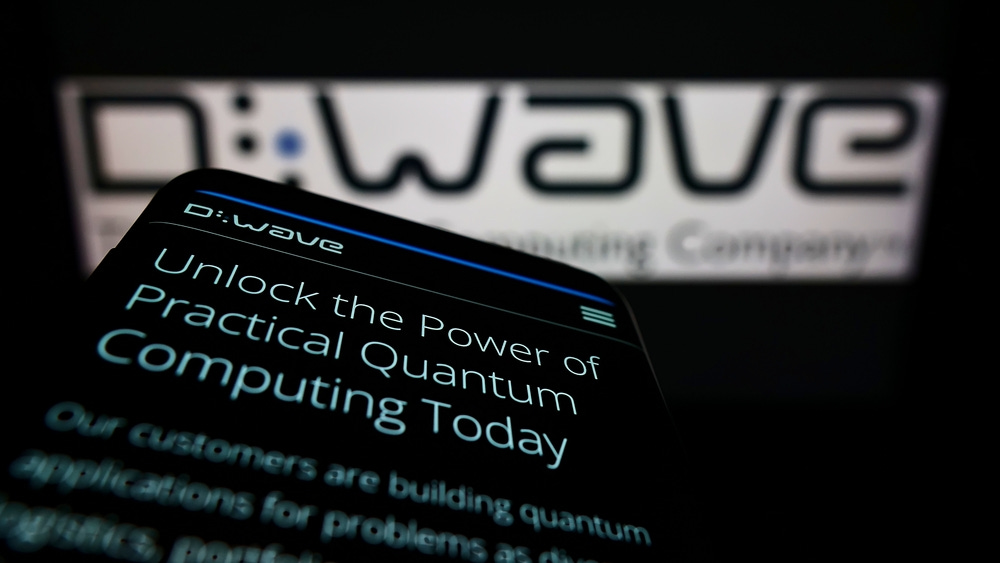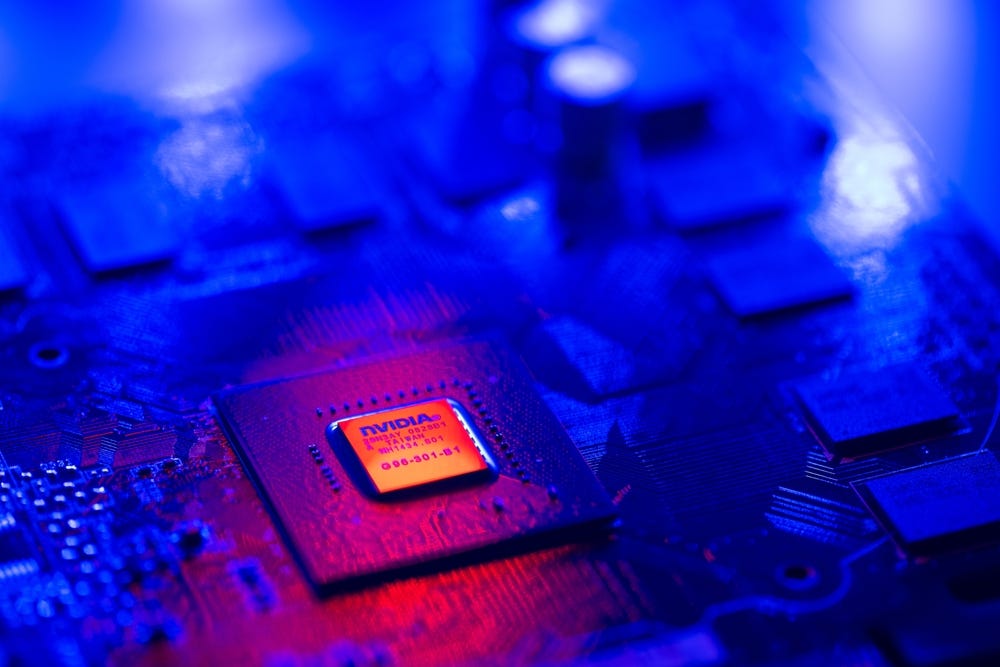Quantum Untangled: AWS and Goldman Sachs go deep on portfolio optimisation
This week: quarterly quantum fundraising figures, CUDA collaborations and a new interest in quantum sensing from the US Department of Energy
A great deal in quantum computing rests on faith — faith that theory can, in time, be crafted into reality using lasers, silicon and extremely powerful refrigerators. It is on the strength of that faith that millions upon millions of dollars have been invested in quantum startups and into quantum research, in a bid to explore just how many problems the most powerful computational form in history can solve more efficiently than its classical antecedent. We won’t know for sure that this can happen until we have a quantum computer capable of harnessing more than a handful of logical qubits. This week especially made it clear that, for now at least, all the field can do is keep on fundraising and keep on experimenting.
Quantum portfolios

Readers will appreciate that the role of quantum computing in finance is a subject dear to our hearts. Little wonder, then, that we were fascinated by this recent blog post from AWS detailing how it worked with Goldman Sachs on a new quantum algorithm for portfolio optimisation.
To grossly simplify, portfolio optimisation describes the process wherein an investor tries to make as much money as they possibly can by maximising the chances of profit and minimising potential losses. This is a fiendishly difficult problem to get right using classical algorithms at the best of times, so AWS and Goldman Sachs decided to put their own quantum spin on things to see if outcomes could be improved.
And, as it turns out, they couldn’t — at least not by using the ‘quantum interior point method’ (QIPM.) Again, to simplify a mathematical process the author is struggling to get his head around, AWS and Goldman Sach’s hypothesised that if classical interior paint methods could yield positive results in portfolio optimisation in theory and in practice, it would be all for the good if a quantum algorithm could speed that process up. Unfortunately, wrote the combined research team, “[e]ven if layers of T-gates are optimistically implemented at the GHz speeds of classical processors… estimates suggest that the runtime of the quantum algorithm would still be millions of years” — well past the sell-by date of your average Master of the Universe.
Despite this desultory result, the team didn’t lose all heart. “Fortunately, there are other proposed methods for solving portfolio optimization on quantum computers, and some of these are even amenable to near-term experimentation,” they wrote. “Finance remains a rich space for potential quantum algorithms, and perhaps some of the ideas in the QIPM will prove fruitful toward developing practical algorithms in the future.”
Balance of power
Quarterly earnings results are out for some of quantum computing’s biggest startups and let’s just say that they illustrate a sector that seems hardly finished burning through the cash. According to Data Center Dynamics, “all three saw revenue and noted customer wins, but losses continue while they work towards quantum supremacy.”
That seems to be most pronounced for IonQ, which collected a respectable $6.1 million in revenues in Q3 and made an adjusted EBITDA loss of $22.4 million. Ageing quantum computing wunderkind D-Wave, meanwhile, reported revenues of $2.6 million — a 51% year-on-year increase — and losses of $15.8 million. Rigetti, too, remains in the red, with Q3 revenues of $3.1 million and a net loss of $22.2 million.
These kinds of numbers would make most startups (and some analysts) quake with fear, though fortunately for the quantum sector, VCs are still keen on stumping up ready cash, kept confident by the steady stream of industry-relevant product breakthroughs all three of the above companies keep announcing. Many quantum startups, too, have assembled formidable war chests to see them through these seasons of meagre profit and stunning loss. For its part, IonQ seems flush, announcing that they have a cool $485 million squirrelled away for a rainy day.
Cuda, should’a, would’a
Yesterday IQM Quantum Computers (IQM) announced a new, broad-based partnership with Nvidia to “advance future hybrid quantum applications” using the latter’s Nvidia CUDA Quantum platform. The deal will allow IQM’s enterprise and research users to program new applications using the open-source platform.
“The collaboration with Nvidia is a strategic step that will help accelerate the progress of potential use cases,” said Dr Peter Eder, IQM’s head of strategic partnerships, in a statement. “It offers our new and existing users the option to use Nvidia’s high-quality software framework to explore quantum solutions in their applications with our quantum hardware.”
Nvidia’s director of high-performance computing and quantum, Tim Costa, was just as effusive about the partnership’s potentiality for revealing new insights across multiple scientific fields. “Nvidia’s collaboration with IQM will enable researchers to advance the state of the art in the coupling of quantum with GPU supercomputing, opening the door for countless breakthroughs.”
This particular announcement came off a hash of other quantum-themed deals and breakthroughs publicised by Nvidia during the (deep breath) International Conference for High Performance Computing, Networking, Storage and Analysis. These included a collaboration with chemical giant BASF that successfully modelled Nitrilotriacetic acid (NTA), a compound used to remove toxic metal from wastewater, using a 60 qubit simulation on the chip giant’s Eos H100 supercomputer and a new partnership with quantum startup Classiq and the Tel Aviv Sourasky Medical Center to research quantum applications in healthcare.
The Department of (positive) Energy

Anyone who has read Michael Lewis’ The Fifth Risk will know that the US Department of Energy (DoE) is actually quite a big deal. That makes it an even bigger deal that this mammoth wing of the federal government has announced its intention to work closely with other agencies and companies like NASA, the Department of Defense, Accenture and Infleqtion on finding new ways to use quantum tech to achieve economic efficiencies, advance energy security and shore up US national security.
Of particular interest to the DoE is space-based quantum sensing, a field we’ve talked about at length in previous issues of QU. To that end, the department will be working alongside the US Air Force Research Laboratory’s Space Vehicles Directorate to further investigate how new developments in satellite design, navigation and space-based situational awareness could define the evolution of quantum sensing in the medium-term. “Our target,” said the DoE’s architect for quantum space and collaboration, Rima Kasia Oueid, “is to begin space environmental demonstrations using quantum technologies in early 2024 and to begin evaluating use cases and new commercialisation opportunities.”
Watch this space, I guess!!
[Sound of audience pelting author with ordure]
Partner Content
How are emerging digital requirements impacting data centre partner selection? - Tech Monitor
How do we restore trust in the public sector? - The New Statesman
Brands must seek digital fashion solutions - Tech Monitor
The new to direct capital deployment to decarbonise household electrification - Capital Monitor



